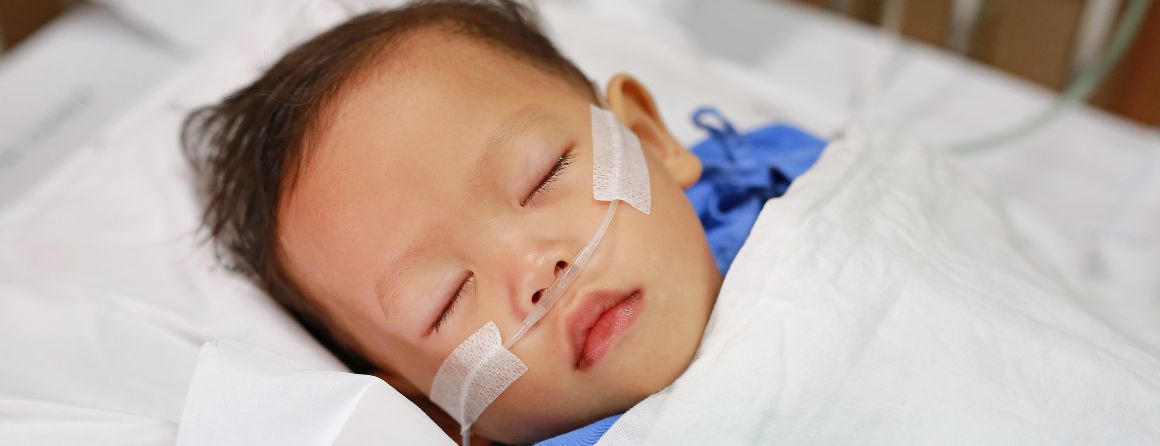World Health Organization adopts recommendation to increase access to medical oxygen

The World Health Organization (WHO) has recommended increasing access to medical oxygen to strengthen global health systems and provide the essential medicine to everyone who needs it.
The WHO Executive Board has recommended that the 76th World Health Assembly, the WHO decision-making body, adopt the Access to Medical Oxygen Resolution. This resolution urges member countries to include medical oxygen as a life-saving essential medicine with no substitute.
Melbourne Children’s Associate Professor Hamish Graham was a key contributor to the resolution, with the support of Murdoch Children’s Research Institute Professor Andrew Steer and University of Melbourne Professor Trevor Duke. This has been bolstered by support from Leith Greenslade, Coordinator of the Every Breath Counts Coalition, the Victorian Department of Health and the Australian Government.
Currently, many health facilities in low-income countries lack access to medical oxygen, a life-saving treatment. Associate Professor Graham said, “I was working in Sudan with Médecins Sans Frontières when I first saw the impact of not having basic things like medical oxygen and I believe that no one, no matter where they live, should die from lack of oxygen.”
Lack of medical oxygen has contributed to numerous preventable deaths worldwide which have increased due to the COVID-19 pandemic.
The adoption of the Access to Medical Oxygen Resolution will help patients of all ages, from preterm babies and children with respiratory infections to patients needing surgery and elderly people with chronic health conditions. Easy access to medical oxygen will also likely be a vital treatment during any future pandemic.
The resolution includes a Core Medical Equipment list. This will acknowledge the inclusion of pulse oximeters (a small device that measures how much oxygen is in the blood) and other medical oxygen-related devices as priority medical devices. These will help to ensure that patients no longer needlessly die from lack of access to this essential medicine.
The draft resolution was submitted by the Government of Uganda and co-sponsored by governments internationally, including Australia, Bangladesh, the Central African Republic, the European Union and its 27 Member States, as well as Kenya, and Türkiye.
The benefits of defining medical oxygen as an essential medicine have also been made clearer in the resolution. More widespread use will help ensure the health of pregnant women during and after delivery and assist newborns in respiratory distress. Medical oxygen can also be used during life-saving surgeries, and help treat children with a severe type of pneumonia that makes blood oxygen levels drop and results in a high risk of dying.
The WHO has also highlighted the need for safe medical oxygen practices by using equipment that meets global technical standards. Ongoing research, including translational research, is required to improve access, quality and safety of medical oxygen in healthcare settings.
Associate Professor Graham said, “Our next challenge is to take medical oxygen use to scale. This means investment in the people who use oxygen through clinical education and support, investment in the equipment and the people who manage and maintain that equipment, investment in sustainably financing national oxygen systems and improving how they are governed.
“I hope that when I look back in a decade, I won’t need to be thinking about oxygen anymore, because oxygen, like all the other essential therapies, is now available to every patient who needs it, no matter where they are.”
Murdoch Children's Professor Julie Bines was a virtual attendee at the 76th World Health Assembly as an official member and Women in Global Health (WGH) delegate. As a non-state delegate to the World Health Assembly, Professor Bines provided input on agenda items as well as discussed universal health coverage, pandemic preparedness and prevention of sexual exploitation, abuse and harassment.



